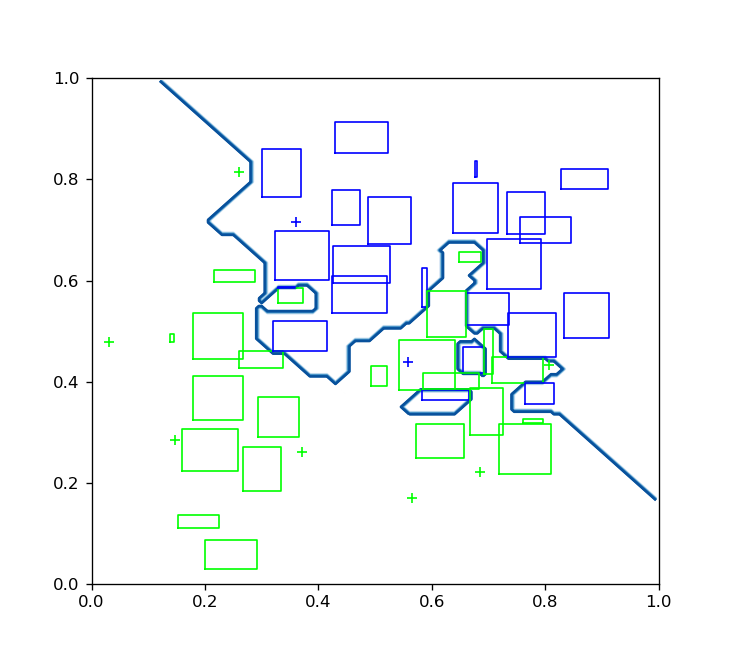Pynomial
Pynomial (pronounced like "binomial") is a lightweight python library for implementing the many confidence intervals for the risk parameter of a binomial model. Pynomial is more or less a python port of the R library {binom} by Sundar Dorai-Raj. As a point of philosophy and until otherwise stated, if {binom} does a thing then so should pynomial (e.g. error throwing or handling cases when the number of successes is the same as the number of trials).
Features
The following confidence intervals are implemented:
-
The asymptotic interval based on the central limit theorem (this is the interval you probably see in most statistics textbooks)
-
An equal tailed posterior credible interval using a conjugate Beta prior
-
The complimentary log-log interval
-
The exact interval based on the incomplete beta function.
-
The logit based confidence interval with large sample theory variance.
Installation
You can install pynomial from github using
pip install git+https://github.com/Dpananos/pynomial
Getting Started
Usage
Using pynomial is very straight forward. Each interval function has three common arguments: x -- the number of success, n -- the number of trials, and conf -- the desired confidence level. Both x and n can be either integers or arrays of integers and conf must be a float between 0 and 1 (the default is 0.95 for a 95% confidence interval). After calling an interval function with the propper arguments, a dataframe will be returned yeilding an estimate of the risk as well as the lower and upper confidence limits. As an example, suppose I flipped a coin 20 times and observed 12 heads. Using the wilson function to compute a Wilson score confidence interval, the output would be
from pynomial import wilson
x = 12
n = 20
wilson(x=x, n=n)
estimate lower upper
Wilson 0.6 0.386582 0.781193
Each interval function is vectorized, so we can compute confidence intervals for many experiments at once.
from pynomial import wilson
x = np.array([11, 12, 13])
n = 20
wilson(x=x, n=n)
estimate lower upper
Wilson 0.55 0.342085 0.741802
Wilson 0.60 0.386582 0.781193
Wilson 0.65 0.432854 0.818808
The output of each interval function is a pandas dataframe, making plotting the confidence intervals straightforward.
Information on Binomial Random Variables
Many textbooks have their own treatment of binomial random variables and confidence intervals. Recommended resources to familliarize one's self with the methods in this library are:
-
Lachin, John M. Biostatistical methods: the assessment of relative risks. Vol. 509. John Wiley & Sons, 2009.
-
Brown, Lawrence D., T. Tony Cai, and Anirban DasGupta. Interval estimation for a binomial proportion. Statistical science 16.2 (2001): 101-133.
-
Brown, Lawrence D., T. Tony Cai, and Anirban DasGupta. Confidence intervals for a binomial proportion and asymptotic expansions. The Annals of Statistics 30.1 (2002): 160-201.


